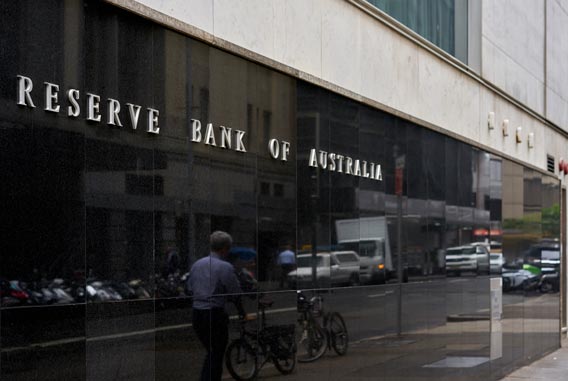Non-bank lender Pepper Money has launched mortgage lending operations in New Zealand, offering advisers in New Zealand the technology and tools to write its prime, near-prime and specialist loans. Via The Adviser.

Following more than a year of consultation with advisers and intermediaries, lending partners, regulators and borrowers, Pepper Money has today (16 September) opened its business in New Zealand.
This builds on the international reach of the non-bank lending group, which already operates in Australia, the UK, Spain, Ireland and Asia.
New Zealand-born Aaron Milburn, Pepper Money’s director of sales and distribution in Australia, will head up the New Zealand business from today. His new job title will be director of sales and distribution for Australia and New Zealand.
Speaking to The Adviser about the new business, Mr Milburn said that Pepper Money will primarily distribute through the third-party channel, as it does in Australia.
Mr Milburn added that while while the company may look to launch mortgages directly in future, “the initial plan – and for the foreseeable future – is to utilise the adviser network over there”.
He explained: “We will initially distribute through the adviser network in NZ through all of the major aggregators that operate in New Zealand.
“Pepper’s business is 95 per cent driven through brokers in Australia and in the UK, and we see no need to change that model as we enter NZ.”
He continued: “We think that advisers do a wonderful job in New Zealand, and we would like to continue to support that area of distribution as we enter NZ, as we do in Australia.”
Mr Milburn told The Adviser that his first priority in his expanded role will be to launch the suite of products in New Zealand and “deliver what advisers have been asking for at our various feedback sessions and study tours”.
According to the director of sales and distribution for Australia and New Zealand, this largely focuses around filling a “significant gap in the near-prime space in New Zealand, where families are potentially paying too much or have been in the wrong products due to a lack of choice” and providing advisers with supporting tools to help deliver these products.
He explained: “We had advisers in New Zealand contacting Pepper asking us to go over there and really inject some competition into the market and make it easier for advisers and, ultimately, Kiwi families to realise their goals.”
Pepper Money will therefore also offer advisers the Pepper Product Selector (PPS) tool in New Zealand, which will enable brokers to “get indicative offers for their customers in under two minutes”, as well as a “fully online integrated submission platform for brokers,” the marketing toolkit, the social media toolkit and the Pepper Insights Roadshow.
Pepper Money to pay trail
Notably, while the majority of lenders in New Zealand went through a “no trail” period starting in 2006 (when payments went from 0.65 of a percentage point in upfront commission plus 0.20 of a percentage point in trail commission to an average of 0.85 of a percentage point in upfront only), several lenders have begun returning to trail commission to reduce instances of churn.
According to Mr Milburn, Pepper Money in New Zealand will be offering advisers an upfront and trail commission.
He told The Adviser: “Overwhelmingly, the feedback was that an upfront and trail model was preferred.
“A number of banks have either re-implemented trail in NZ or are looking to in the near future, so we took the opportunity to put trail back into the New Zealand market with our products.”
Mr Milburn concluded that the new operation in New Zealand would build on the practice and service offerings built in Australia.
He said: “We will continue to deliver the level of service and solutions that we do today and continue to really focus on that technology improvement side of things.
“We want to make it easier and faster for brokers to provide solutions for their customers and help build their brand out in the community and the focus will continue in the back end of 2019 to 2020.”









